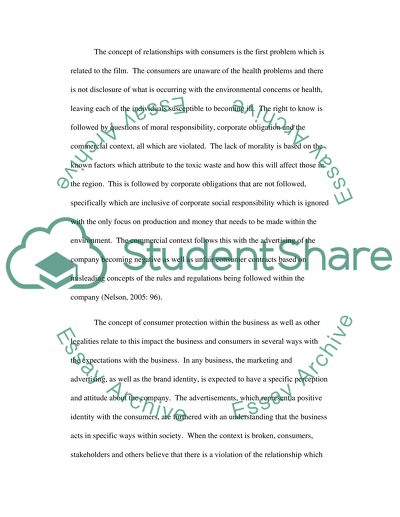Cite this document
(“Governance Regulation and Ethics Essay Example | Topics and Well Written Essays - 2750 words”, n.d.)
Retrieved de https://studentshare.org/law/1390463-governance-regulation-and-ethics
Retrieved de https://studentshare.org/law/1390463-governance-regulation-and-ethics
(Governance Regulation and Ethics Essay Example | Topics and Well Written Essays - 2750 Words)
https://studentshare.org/law/1390463-governance-regulation-and-ethics.
https://studentshare.org/law/1390463-governance-regulation-and-ethics.
“Governance Regulation and Ethics Essay Example | Topics and Well Written Essays - 2750 Words”, n.d. https://studentshare.org/law/1390463-governance-regulation-and-ethics.


